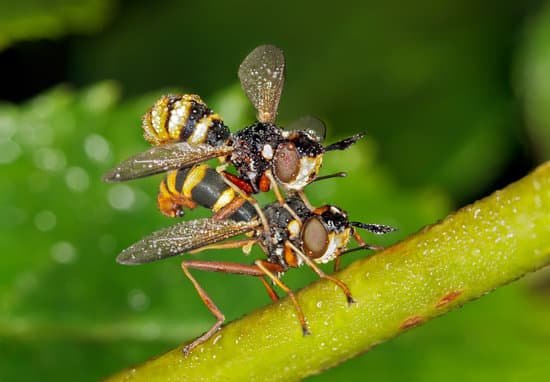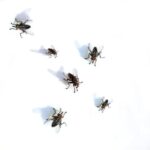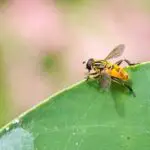Can Sand Flies Cause Disease?
Sand flies can transmit a parasitic disease called leishmaniasis. This disease is caused by the Leishmania parasite, a single-celled parasite that spreads through the bite of infected sand flies. This disease can be dangerous if not treated immediately. It can cause skin lesions, sores, and swollen lymph nodes. The sores can be painful and may take many months to heal. In some cases, the disease can spread to the face, causing severe disfigurement.
This disease is transmitted by female sand flies that live during the warmer months and at night. Humans are also at risk of contracting this disease through sand flies and domestic animals. In some cases, the disease is transmitted directly from human to human, through blood transfusion or shared needles. The risk of contracting the disease is higher for those living in tropical or subtropical areas.
Treatment of leishmaniasis involves taking antiparasitic drugs. However, these drugs only treat the symptoms and do not prevent the disease. Moreover, in developing countries, these medications are not readily available. However, some people can reduce their risk by using insect repellents and protective clothing. Insecticides and bed nets are also effective measures. Precautions are particularly important between dusk and dawn, when sand flies are most active.
The sandfly, or sandflea, is a type of insect in the family Talitridae. It feeds on animals and birds. Its females feed on blood proteins to create eggs. Its distribution map shows its distribution in the world.








